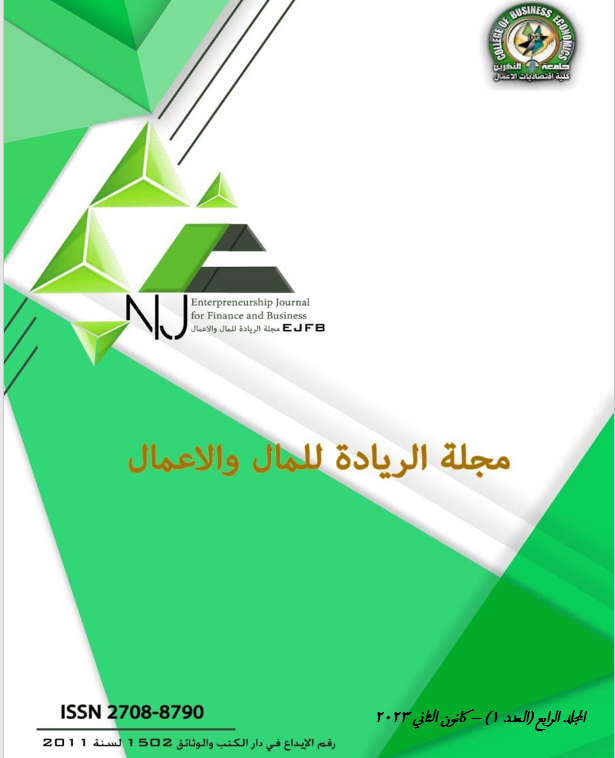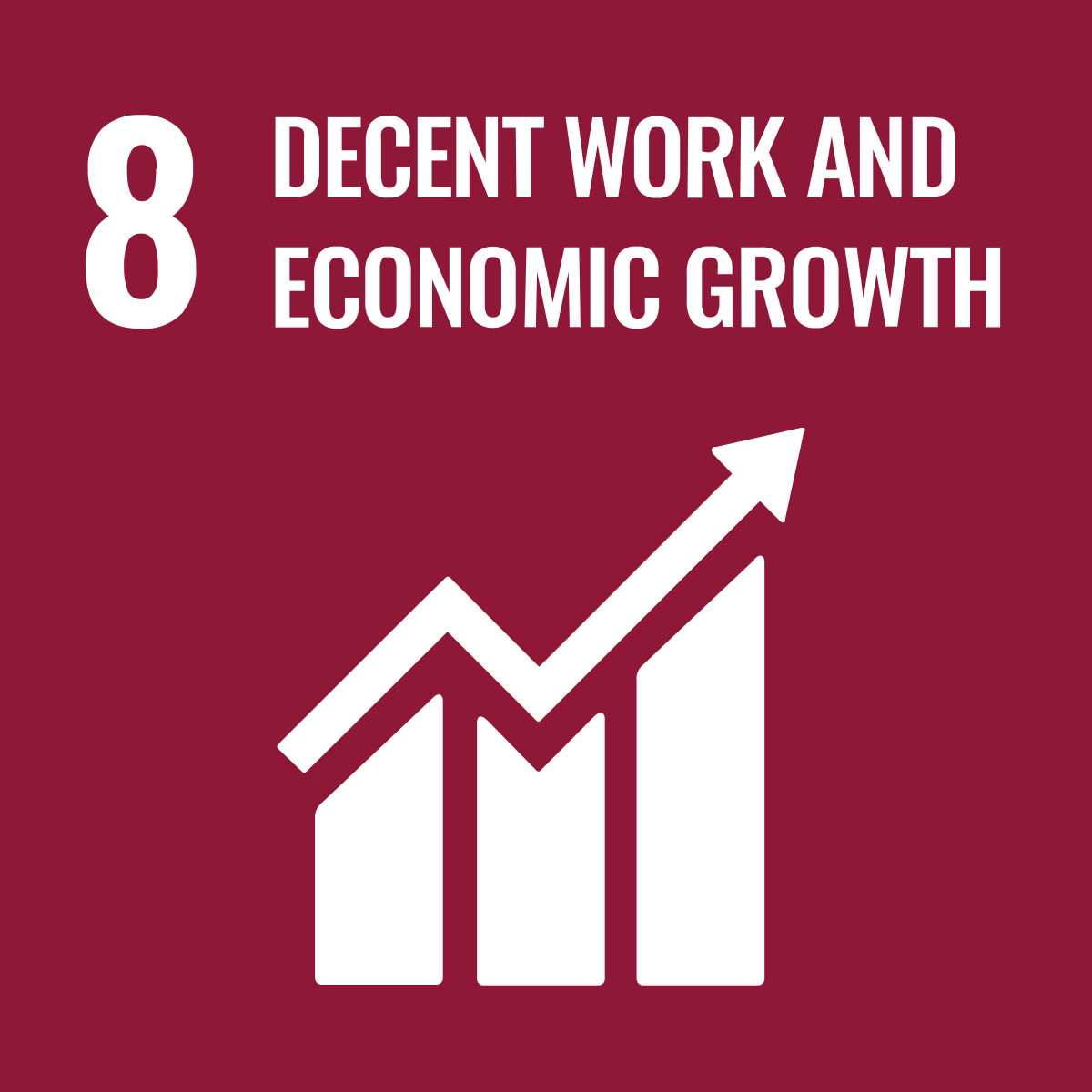Technical and financial feasibility study for a project to install a solar photovoltaic system with a capacity of (2kw/h) for home us
DOI:
https://doi.org/10.56967/ejfb2023215Keywords:
feasibility study, photovoltaic solar energy, off-grid system, grid-connected system, Hybrid solar photovoltaic systemAbstract
The study aims to demonstrate the feasibility of the project of installing a solar photovoltaic system with a capacity of (2kw/h) from a technical and financial point of view, and for the purpose of achieving this goal, a technical feasibility study was prepared, through which it was found that the system should consist of (6) solar cell panels and an inverter with a capacity ( 2.2kw/h) and (4) gel batteries with a capacity of (200A/h) to ensure that the house is equipped with electric power for a period of (4) continuous hours during periods of national electrical power outages, in order to ensure the best performance of the system. The technical study indicated that The project is technically feasible, as it is possible through the system to generate a total daily electrical energy of (21.6 kw/day). In order to demonstrate the financial feasibility of the project, a financial study was prepared and some financial standards were applied, such as (the payback period standard, the accounting return standard, the net present value standard, the return / cost standard, and the internal rate of return standard). By calculating the results, it was found that the payback period for the invested capital is two years and three months , which is an acceptable period, and the accounting rate of return is 42.8%, which is a higher rate than the interest rate on depositing funds in banks, which ranges between (10-8%) and the net present value of the project is ($5305), which is an acceptable value. The rate of return / cost is (1.77), which is greater than one, and this indicates that the project is profitable, while the internal rate of return is (38%), which is a rate higher than the interest rate on funds deposited in banks, and through these results it becomes clear to us that the project is feasible financially speaking.
The study reached a number of conclusions, the most important of which is that there is no government support for solar photovoltaic projects in Iraq, which prevented their widespread dissemination.
The most important thing that the researcher recommends is to provide government support for solar energy projects in Iraq, whether the support is through financial facilities or through the enactment of laws and legislation that motivate citizens to resort to solar photovoltaic systems to fill the shortage of electrical energy as the enactment of a law or legislation that allows the citizen to sell electricity The surplus of its needs and generated from the state's solar energy systems for a reasonable financial consideration.
Key words: feasibility study, photovoltaic solar energy, off-grid system, grid-connected system, Hybrid solar photovoltaic system .
Downloads

Downloads
Published
How to Cite
Issue
Section
License
Copyright (c) 2023 محمد طارق محمد، أحمد شاكر محمود

This work is licensed under a Creative Commons Attribution 4.0 International License.
This is an Open Access article distributed under the terms of the creative commons attribution (CC BY) 4.0 international license which permits unrestricted use, distribution, and reproduction in any medium or format, and to alter, transform, or build upon the material, including for commercial use, providing the original author is credited.





